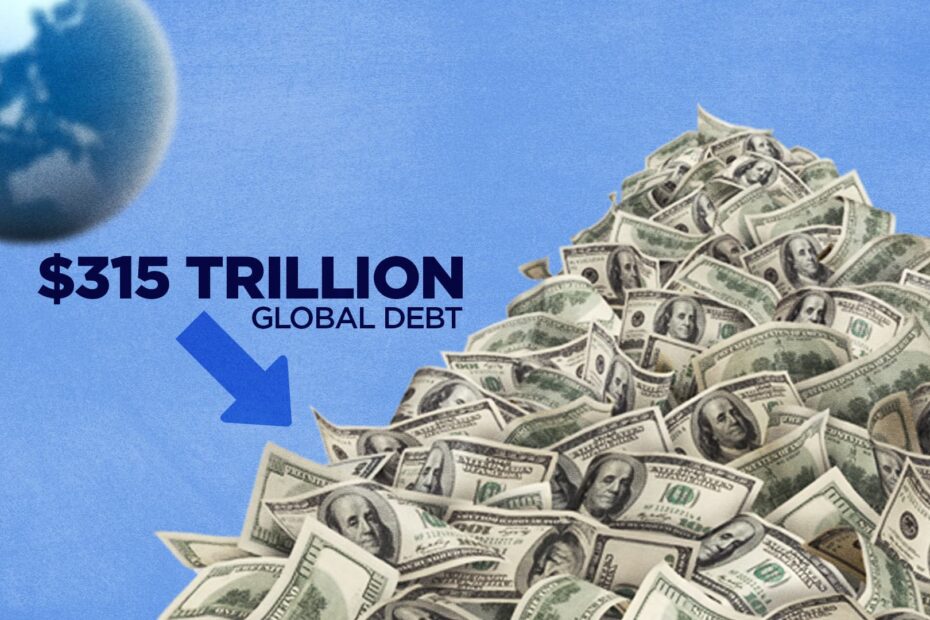Debt is a common part of our modern economic system, with individuals, businesses, and governments borrowing money to finance their activities. However, the world is currently facing a staggering amount of debt – a total of $315 trillion as of 2021. This astronomical figure raises the question of how we got into this situation and what the implications are for the global economy.
There are several reasons why the world has accumulated such a massive amount of debt. One major factor is the global financial crisis of 2008, which led to widespread economic slowdowns and job losses. In response, many governments around the world implemented stimulus packages to jumpstart their economies, which required taking on more debt. Additionally, central banks lowered interest rates to historic lows to encourage borrowing and spending, further contributing to the rise in debt levels.
Another key driver of global debt is the increasing reliance on credit to fund consumption and investment. In many advanced economies, household debt has been rising steadily as individuals take out loans to buy homes, cars, and other goods. Similarly, businesses have been borrowing heavily to finance expansions and acquisitions, leading to higher corporate debt levels. This trend has been exacerbated by the easy availability of credit and low interest rates, which have made borrowing more attractive.
Furthermore, government debt has also been on the rise in many countries, as politicians have used borrowing as a way to fund social programs, infrastructure projects, and other initiatives. As a result, government debt levels have soared, particularly in countries like the United States, Japan, and many European nations.
The consequences of this massive debt burden are significant and far-reaching. High levels of debt can constrain economic growth by diverting resources away from productive investments and increasing the risk of financial crises. Rising debt levels also make countries more vulnerable to economic shocks, such as a sudden increase in interest rates or a decline in global demand.
In addition, the burden of servicing this debt can be substantial, as interest payments consume a larger share of government revenues and corporate profits. This can limit the ability of governments to fund essential services like healthcare and education, and force businesses to cut back on investment and hiring.
Ultimately, the world’s $315 trillion debt burden represents a significant challenge for policymakers and economists. Finding ways to reduce debt levels while supporting economic growth will be crucial in the years ahead. This may involve a combination of measures, including fiscal discipline, structural reforms, and efforts to boost productivity and innovation. Only by addressing these underlying issues can we hope to prevent a potentially catastrophic debt crisis and ensure a more stable and prosperous future for the global economy.
